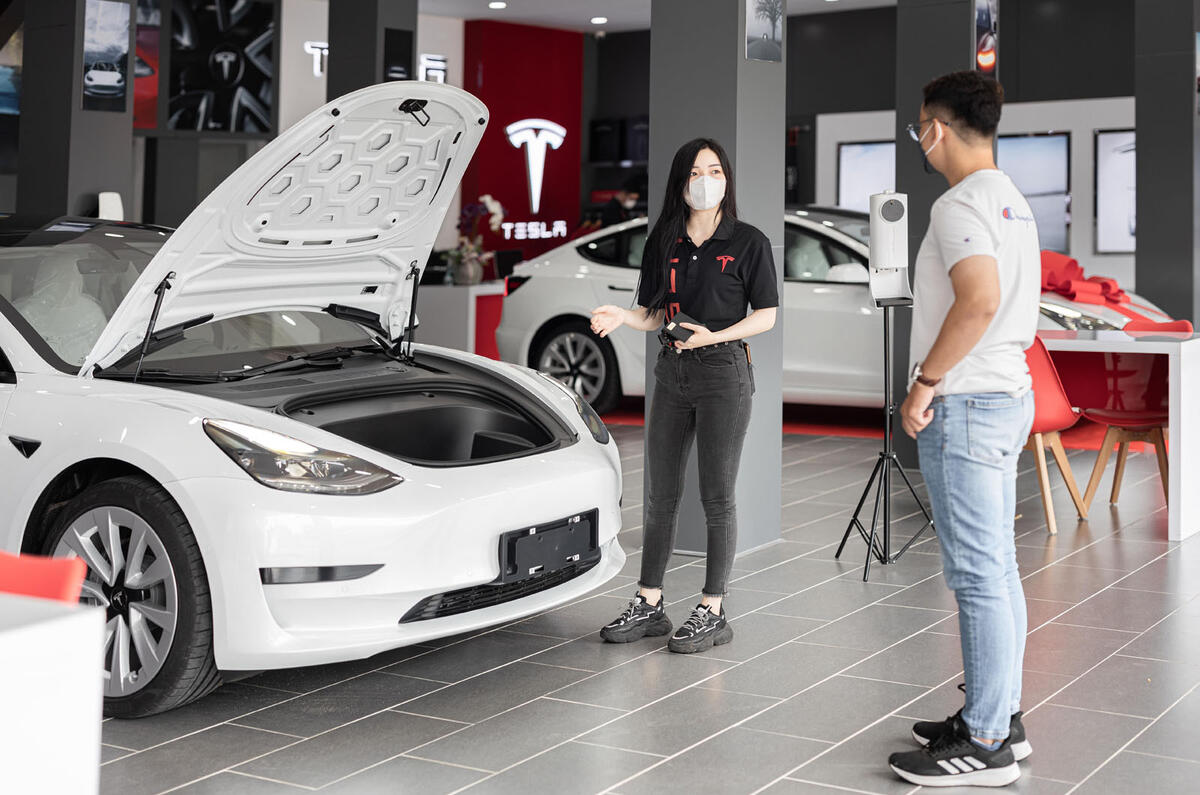Who needs car dealerships? A provocative question, of course, but pertinent. Back in the day it took multiple trips to a retailer in order to research, compare and buy a new car. Statistics suggest that the average number peaked at around seven in the 1990s, fell to three in the 2000s and now hovers somewhere between one and two.
The reasons for the decline are pretty obvious: chiefly, the internet has made traipsing around an unnecessary chore, but it must also be a factor that cars are consistently better than ever (lessening any risk of buying a lemon) and the soaring complexity of model line-ups (especially before new emissions regulations simplified things) meant dealerships would often struggle to have the model or trim you wanted available for a test drive anyway.




Add your comment